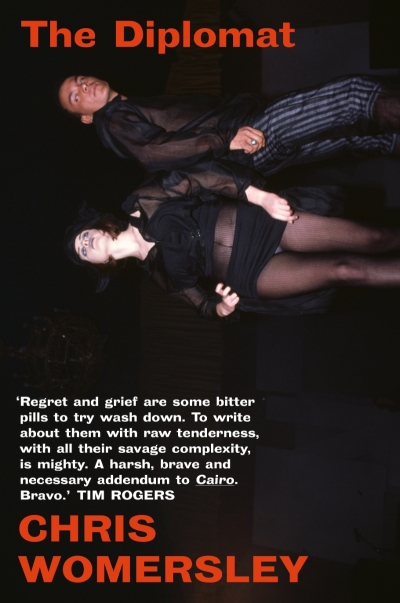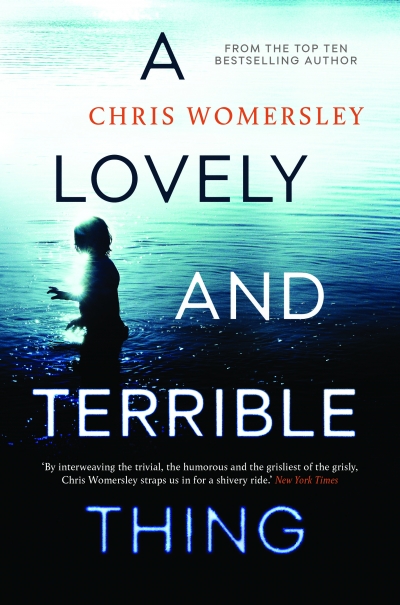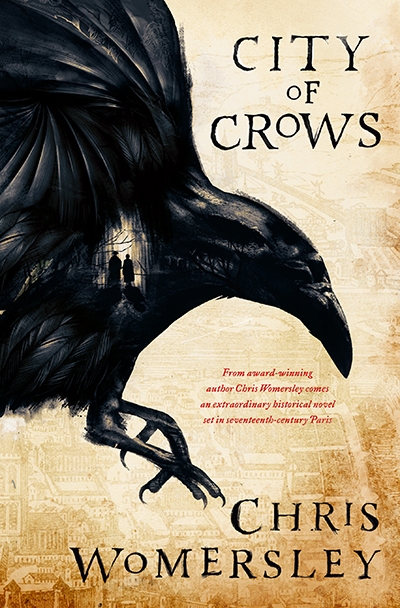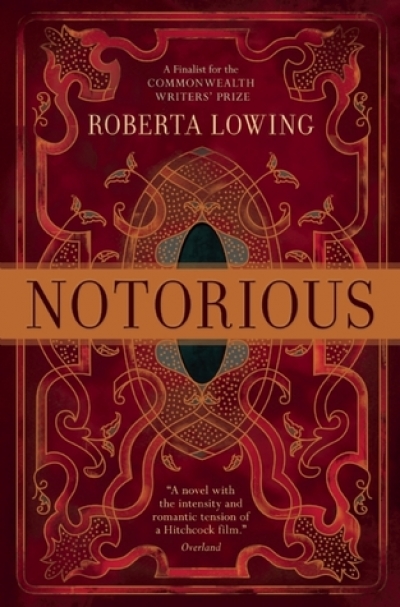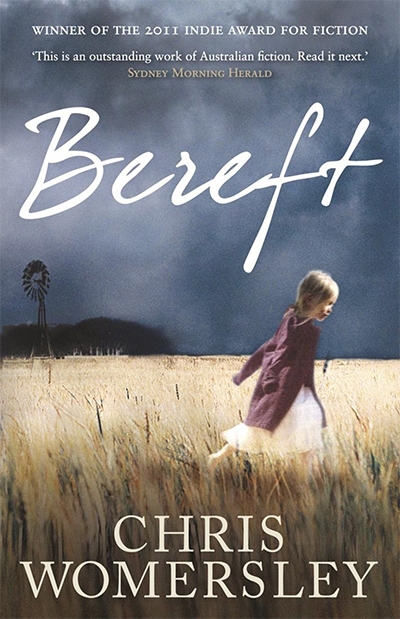Chris Womersley
Cleaning out my flat recently I offloaded quite a few books that – after carrying them around for twenty years – I finally admitted I would probably never read again. Among them were quite a few Paul Auster novels. I had a huge crush on his work when I was younger, but feel they have outlived their appeal for me.
... (read more)To complement our 2017 ‘Books of the Year’, we invited several senior publishers to nominate their favourite books – all published by other companies.
... (read more)The Sleepers Almanac X edited by Zoe Dattner and Louise Swinn
by Jenni Kauppi •

